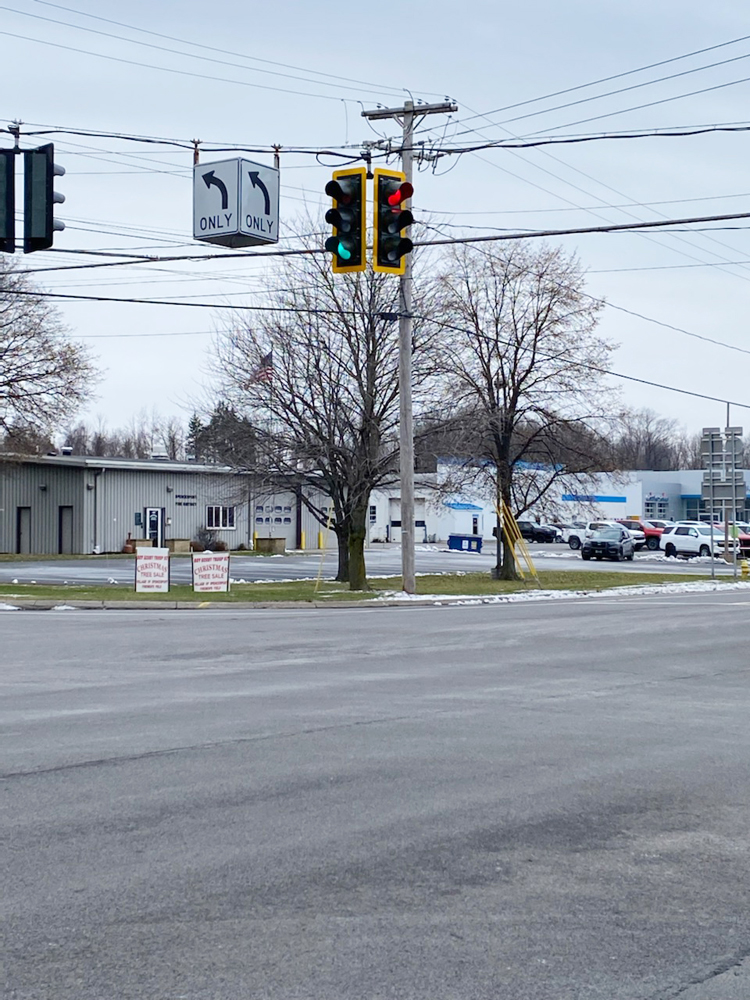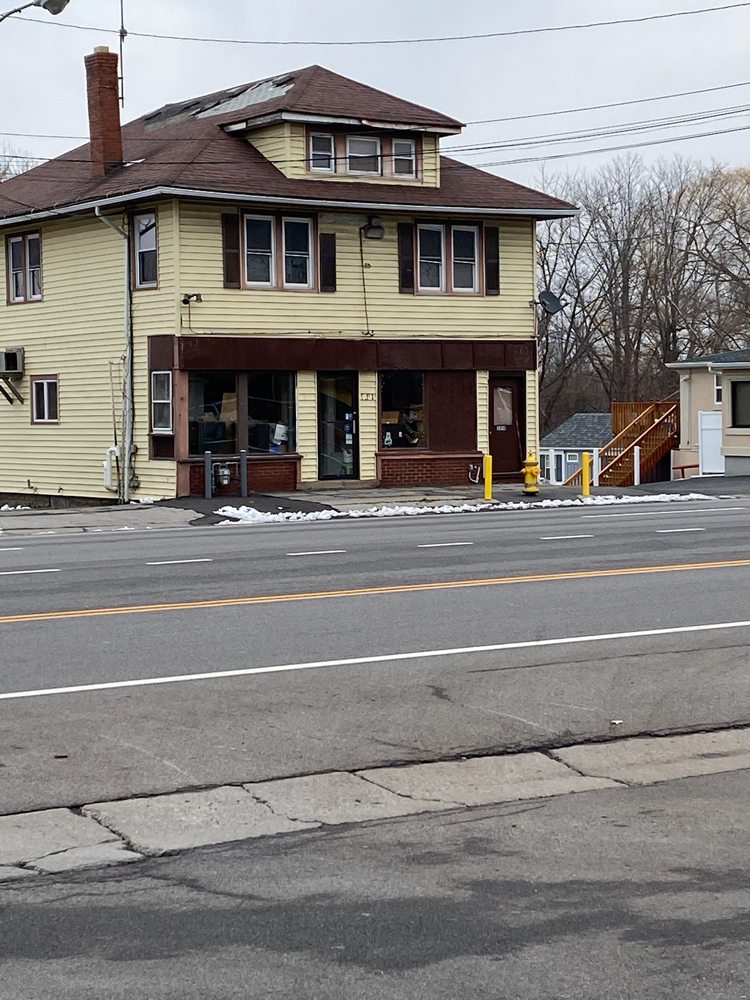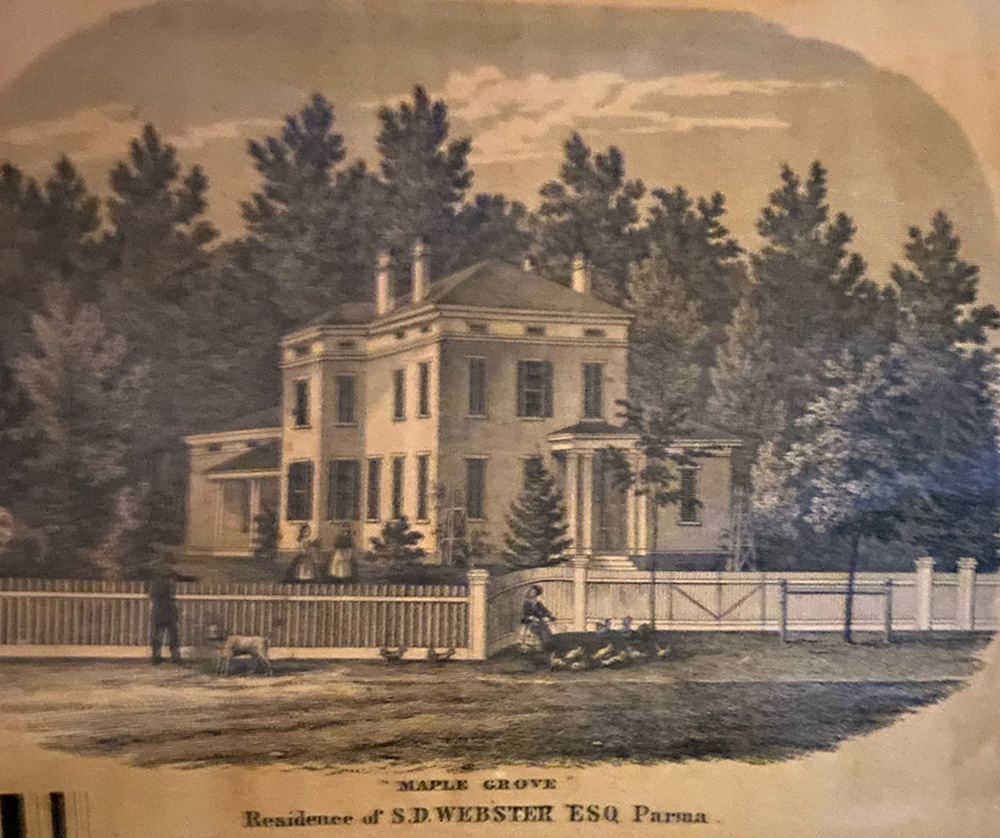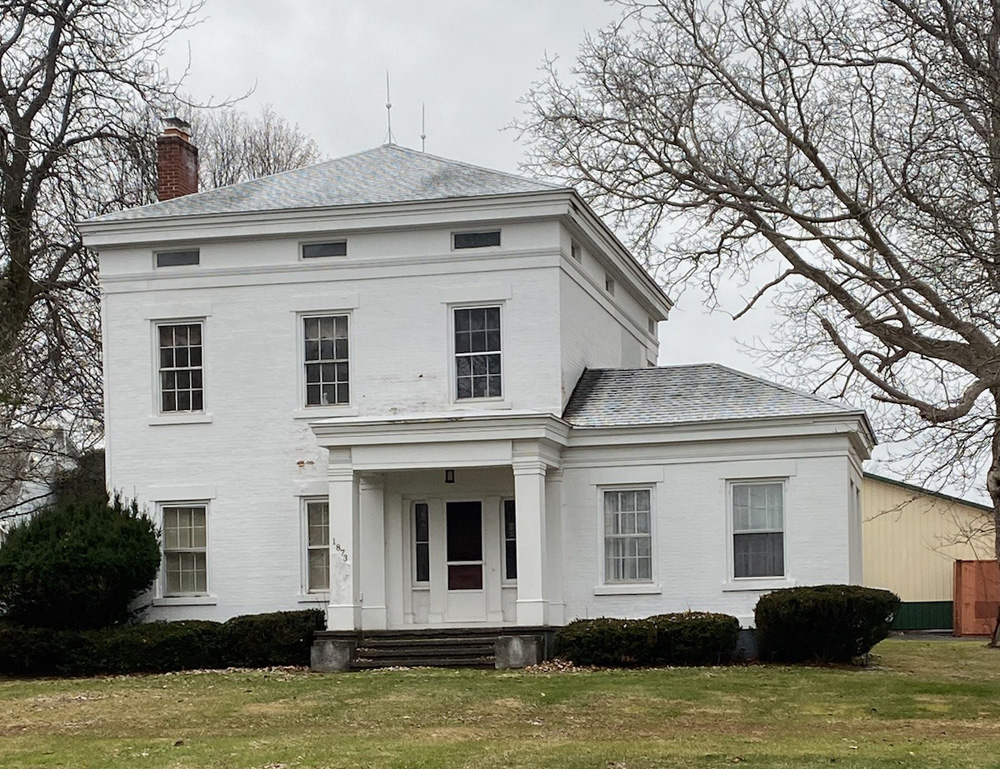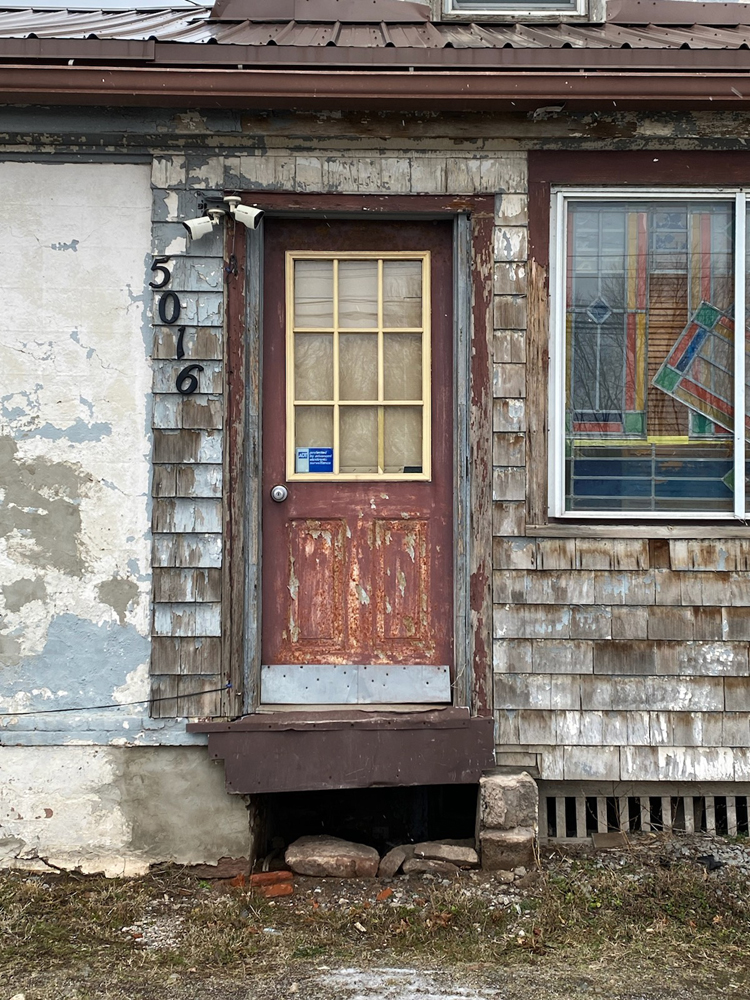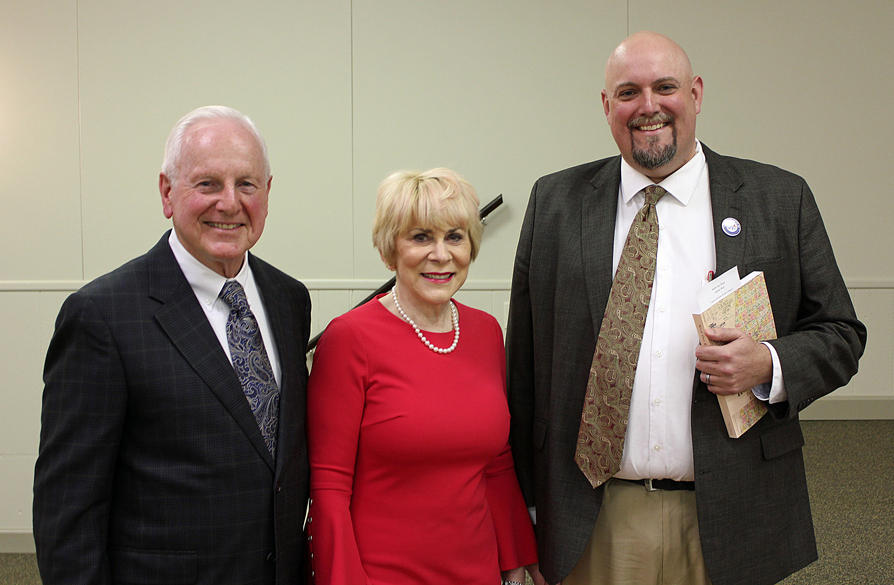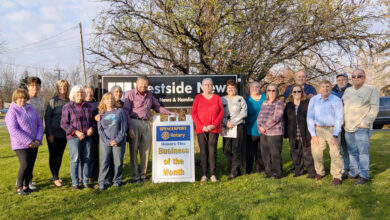The History of Parma Corners Part 3
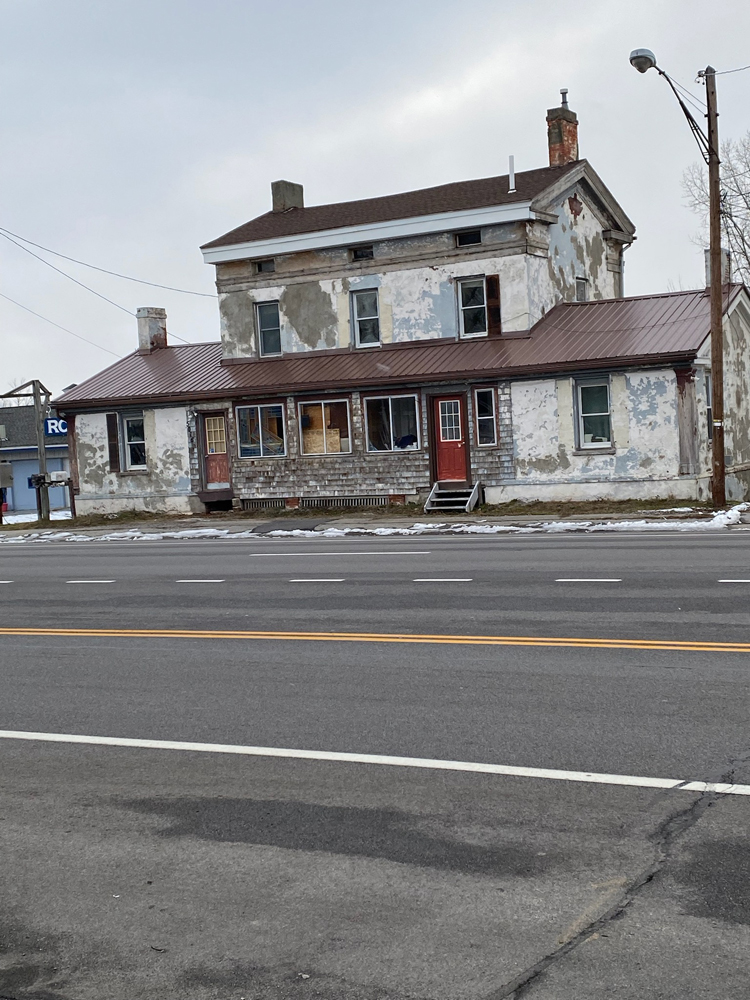
by David Crumb, Parma-Hilton Historian
Mail in the early 1800s was delivered by Pony Express. Incoming mail for Parma and Ogden residents was dropped off at Bently’s Tavern. To get mail in North Parma, someone had to ride horseback up to Parma Corners and collect the mail and take it back. One man on record who did this was Jerome Stoneburner, who was the stage driver from North Parma (corner of Route 259 and Curtis Road) to Parma Corners. Later, Postmaster William Berridge had the responsibility when he moved his North Parma Post Office to Unionville, thus changing Unionville’s name to North Parma and old North Parma became Bartlett’s Corners. Contemporaries today call this intersection “Chilson’s” or “Joe’s Diner.”
Following the settlement of Parma’s land north of the Ridge, Parma Corners lost much of its vitality. During the next 100 years, it became a quiet, pass-through community of farmers, shopkeepers, and old families. Since the 1950s and into the present time, the road has been significantly widened. Presently Parma Corners continues as a commercial location for car dealers, a few restaurants, gas stations, an antique shop, and a few scattered private homes. The atmosphere of a village community, though, has almost entirely vanished.
North side of Parma Corners:
Thanks to Robert Tite, an early resident of Parma Corners, a few memories have been preserved.
Mr. Tite, now in his 89th year and living in Virginia, recalled growing up in the old stone house numbered 5016, just east of the corners on the north side. He claimed that he was told it was a stop on the underground railroad in the 1840s and 50s. The old house still stands but appears to be deteriorating. Tite also mentioned his neighbors, the Hilfikers, who owned a mink farm on the northeast corner. When Tite went into the building where the minks were raised, he and his brother were told that the minks would bite their fingers off if they tried to pet them. Earl Hilfiker became a noted naturalist in the 1960s and 70s.
Mr. Tite mentioned neighbors who still used outhouses and bathed in copper tubs with the water being heated on wood-burning stoves.
He recalled the widening of Ridge Road in the early 1940s. They had 15 feet of parking in front of their house which was reduced to eight feet. Even with brick walls, the roar of the traffic going by was increased. He stated that he graduated from sixth grade in 1943 from Parma District No. 3 and then attended Spencerport Central School until 1950.
He remembered that Bacon’s Grill had the first TV in the neighborhood and later was the first to get a color TV. Sankel’s Gas and Grocery store was next door to his home. He described it as the first 7-11 as it was open from 7 a.m. to 11 p.m. John and Gertrude lived above the store, which had two gas pumps, one at each of the south corners of the building. In those days, the clerk would take your list, retrieve your items, and place them next to the cash register. John’s brother and his wife took the afternoon shift at the store.
Tite remembered Mr. Sankel purchasing $800 of raffle tickets from the Hilton Fire Department during their carnival in the 1940s when they sponsored a bright orange Case Tractor as the main raffle prize. It had a hydraulic scoop or snowplow attachment on the front. He won the tractor and did snow removal for himself and others from then on.
Parma Corners Town Park on the southwest corner of Ridge and 259 was then a grove of mature maple trees with picnic benches under a covered pavilion. The Parma Corners community held “Old Home Day” at the park every year, with many events scheduled for young and old. There was a parade, a picnic, a band, and other fun activities that made the day a popular and anticipated event each year. He recalled a stage being built for a performance of Snow White and the Seven Dwarfs. Tite played the role of the dwarf Bashful. He recalled an audience of 200.
“One evening, Glen Zarpentine, eldest son of the Zarpentine family, who lived in the third house west of the red light directly across from the park, came to our door asking if my brother and I could help their uncle harvest his field of peas so he could get his last truckload to the pea vinery in Hilton before it closed at midnight,” Tite said. “We both volunteered, and we pitched two tons of pea vines onto his truck before he drove off to Hilton. This had been accomplished even though it was drizzling rain steadily all evening. That was my intro into hard labor.”
The Parma Academy was situated on the southwest corner where the park was later established. It had a short life, from 1858 to the 1870s. Professor S.W. Clark, an educator of excellent reputation, did his best to keep the Institute going, but the economics of the time undermined the financial stability of the Institute, and it closed. The building was used for other purposes until it finally burned. The location was deeded to the Town of Parma in perpetuity as a community park.
Professor Clark’s home still stands. Once called Maple Grove, as noted on the 1858 Gillette’s Monroe County map. It recently served as the business office for Plantation Pines Banquet and Wedding facility just south of the corners (now Chef’s Event Center & Party House).
Photos from the Parma-Hilton Historian’s Office
To read History of Parma Corners Part 1 Click Here
To read History of Parma Corners Part 2 Click Here
